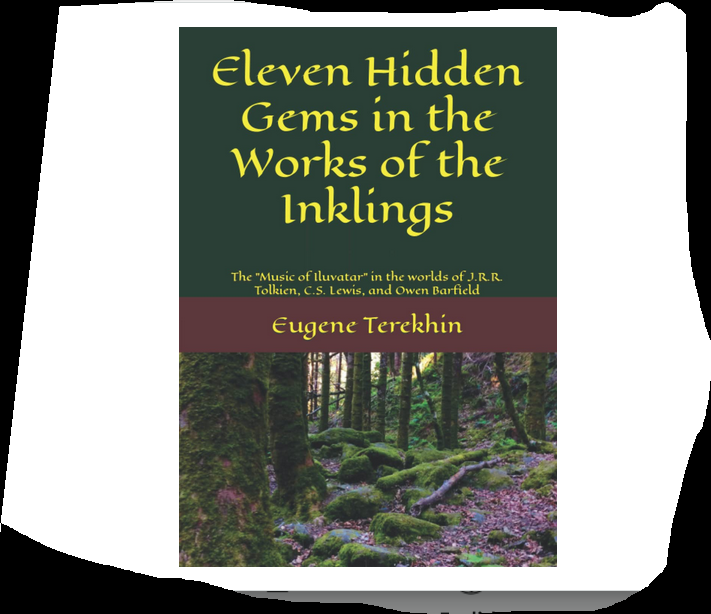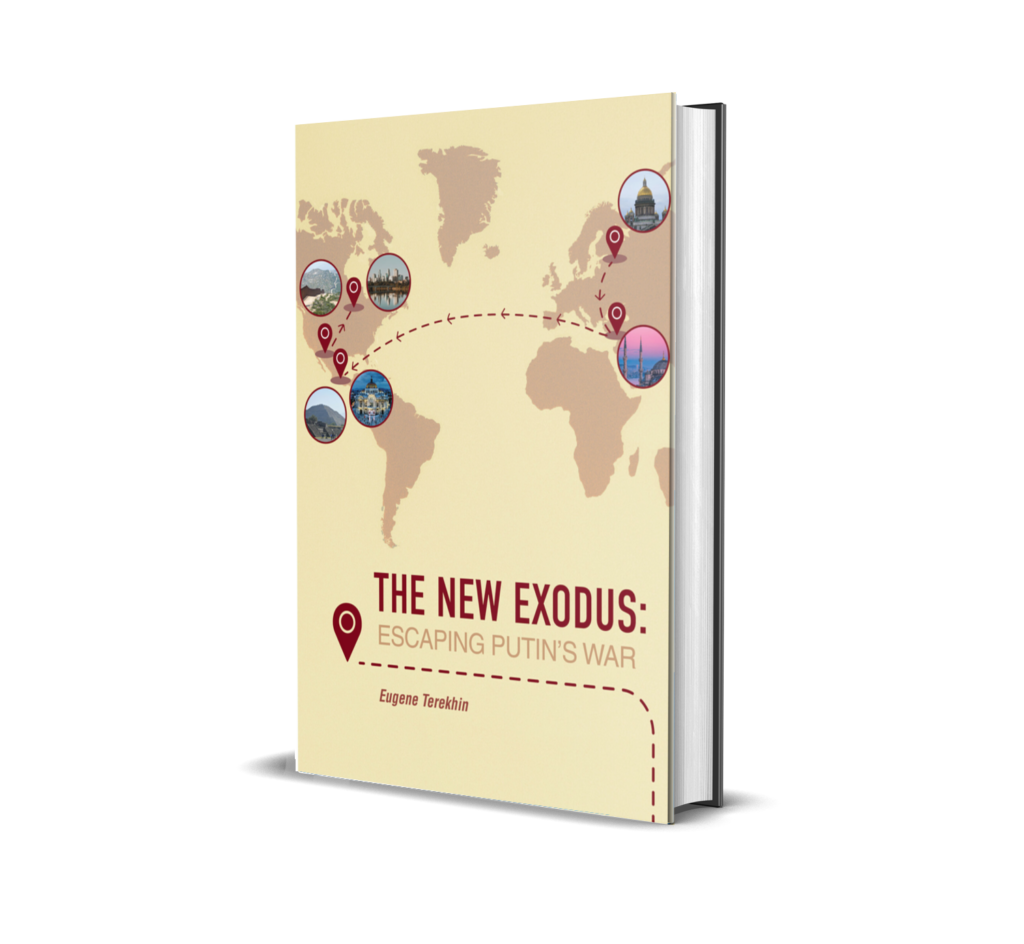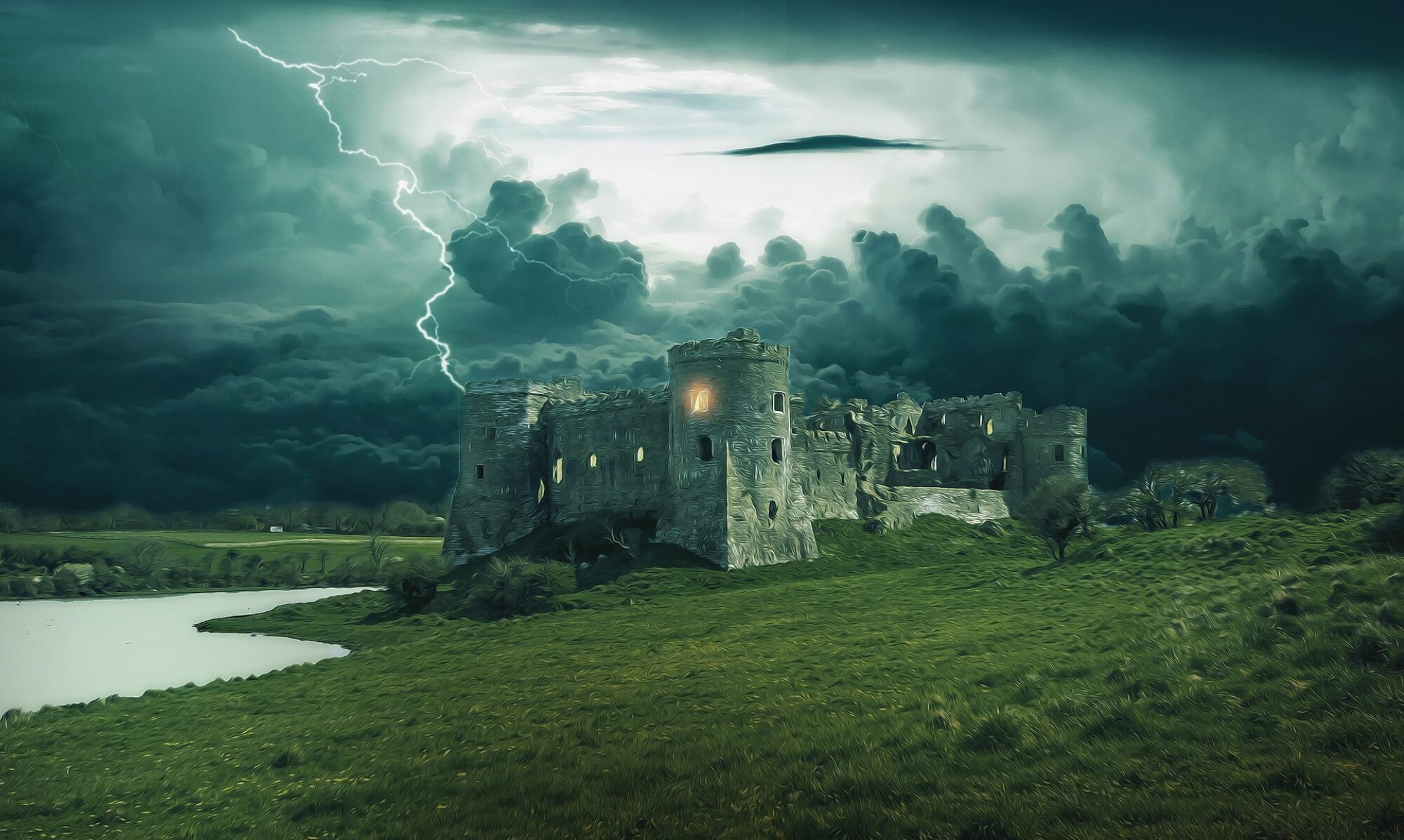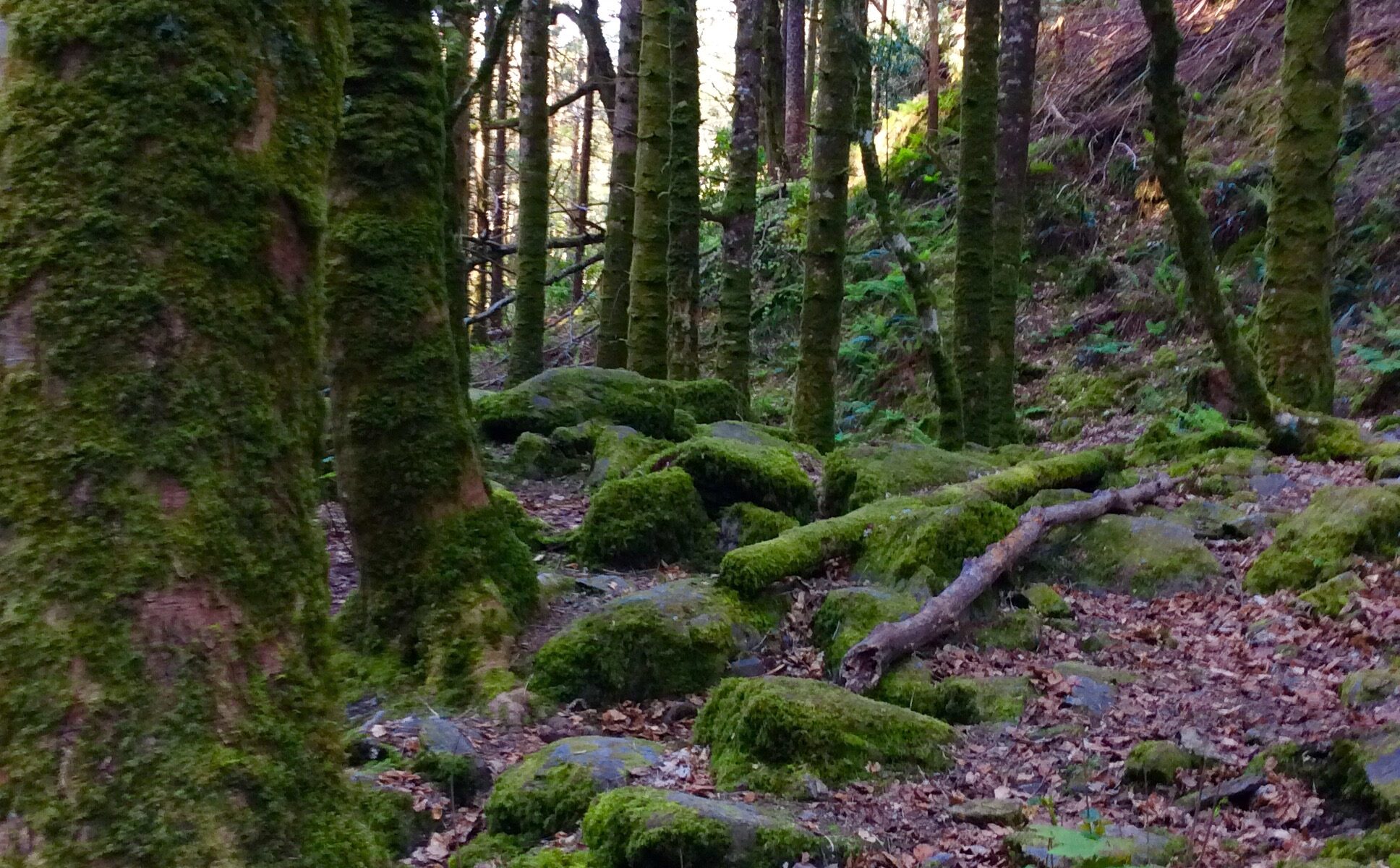When I first read C.S. Lewis’s Perelandra years ago, I was a bit confused at the end. Especially, when I got to the part about the Great Dance, in which “there seems no centre because it is all centre.”
As Ransom was listening to the Eldils delivering long speeches about the nature of the Great Dance, I thought these speeches sounded more like doxologies than explanations – as if the speakers didn’t care about making anything clear but rather were weaving songs of praise out of thin air.
And then, Ransom actually SAW their speech turn into SIGHT. The speeches of the Eldils became The Great Dance before his eyes:
“He thought he saw the Great Dance. It seemed to be woven out of the intertwining undulation of many cords or bands of light, leaping over and under one another and mutually embraced in arabesques and flower-like subtleties.”
C.S. Lewis, Perelandra
What a strange ending, I thought. But somehow, at least in Ransom’s mind, it was a fitting resolution to the plot.
The Great Dance in That Hideous Strength
When I got to That Hideous Strength about a year later, I couldn’t help but notice the same strange pattern by the end of the book – “The Descent of the Gods” felt more like a dance than anything else. There was a rhythm to what was happening.
It was the pinnacle of the story, which became the most fitting resolution to the battle against evil. In fact, it was this Dance that did away with that hideous strength!
As the darkness spread and intensified, Ransom and his friends knew very well that they stood no chance against it.
They gathered at Dimble’s house, and suddenly everything changed.
First, Mercury, the lord of Meaning, descended from Deep Heavens and set their hearts to the rhythm of celestial clarity. All their fragmented thoughts and jumbled desires reunited in the highest form of poetry and granted them the mastery of doubled and trebled vision.
“For all the fragments – needle-pointed desires, brisk merriments, lynx-eyed thoughts – went rolling to and fro like glittering drops and reunited themselves. It was well that both men had some knowledge of poetry…”
Then, Perelandra (Venus), the goddess of Love, came down from the Third Heaven and smote their heart with such love for each other and such fearlessness that they felt they could laugh death in the face. Everyone was transformed.
Jane looked at the Dimbles and
“a sort of brightness flowed from them that dazzled her, as if the god and goddess in them burned through their bodies and through their clothes and shone before her in a young double-natured nakedness of rose-red spirit that overcame her. And all about them danced…”
As their love for one another became an intense fire, Malacandra-Mars, the god of war, stood in their midst and took away the remaining fear. They were ready to fight to the end.
“There was no fear anywhere: the blood inside them flowed as if to a marching-song.”
Then, Lurga-Saturn descended bringing with him the coldness of death. It was the very dark night of the soul. The old life was gone. Time itself, all the days and hours were gone. Nothing was left but the Void.
“Where do years go and why?”
All their human strength and hope somehow became sorrow as Lurga entered the room. Yet, Lurga’s cleansing influence was outmatched by yet another spirit.
It came on suddenly. Glund, King of Kings, known to men as Jove, appeared like a mighty champion and filled their hearts with rolling laughter.
They danced.
“What they danced no one could remember. It was some round dance, no modern shuffling: it involved beating the floor, clapping of hands, leaping high. And no one, while it lasted, thought himself or his fellows ridiculous. It may, in fact, have been some village measure, not ill-suited to the tiled kitchen: the spirit in which they danced it was not so. It seemed to each that the room was filled with kings and queens, that the wildness of their dance expressed heroic energy, and its quieter movements had seized the very spirit behind all noble ceremonies.”
It’s getting curiouser and curiouser, I thought, slowly realizing that what I was reading must be a visual description of the Great Dance itself.
My next observation was no less surprising: the Great Dance that C.S. Lewis put at the end of his stories, Tolkien put at the beginning.
How was the world created in The Silmarillion?
Tolkien’s creation myth in The Silmarillion begins with the Music of Iluvatar – the Great Dance of the elements performed by the Ainur as each of them followed the “part assigned to them” in the unfolding history of the world.
Each Ainur who chose to descend into the created realm had become enamored of his or her part in the celestial harmony, and together they wove a single dance by continually tuning in to the Music – much like Tom Bombadil and Goldberry.
Tom’s and Goldberry’s seemingly incompatible movements are described as dance:
So fair was the grace of Goldberry and so merry and odd the caperings of Tom. Yet in some fashion they seemed to weave a single dance, neither hindering the other, in and out of the room, and round about the table.
Tom describes himself as the Eldest because he is the oldest thing in Arda – he represents the first theme in the Music of Iluvatar. He is the personification of creation itself – those triumphant first notes of Divine gladness that went out into the Void, and it was not Void. That’s why he is always hopping and dancing!
And it came to pass that Ilúvatar called together all the Ainur and declared to them a mighty theme, unfolding to them things greater and more wonderful than he had yet revealed; and the glory of its beginning and the splendour of its end amazed the Ainur.
Tom Bombadil seems to embody the Great Dance of the elements, which is the beginning and the end of history.
Goldberry is his perfect match – the One Who Joins the Dance. She is the River-Daughter – the one who performs her own river-dance as she goes on her rounds to cleanse Tom’s domain.
Not only that – she invites the hobbits to join in the Dance.
Then another clear voice, as young and as ancient as Spring, like the song of a glad water flowing down into the night from a bright morning in the hills, came falling like silver to meet them: ‘Now let the song begin! Let us sing together!’
Tom is the Dance, and Goldberry is the one who perfectly responds to his song and joins him in his merry measure.
The story of Beren and Luthien is, according to Tolkien, the “kernel” of his mythology, and it starts with a dance of enchantment. Beren chances upon Luthien,
as she danced upon the unfading grass in the glades beside Esgalduin. Then all memory of his pain departed from him, and he fell into an enchantment; for Lúthien was the most beautiful of all the Children of Ilúvatar.
What was this dance? A call. A summons from beyond the walls of the world. The yearning to join the Great Dance.
He sought her ever, wandering far
Where leaves of years were thickly strewn,
By light of moon and ray of star
In frosty heavens shivering.
Her mantle glinted in the moon,
As on a hilltop high and far
She danced, and at her feet was strewn
A mist of silver quivering.
What is the concept of perichoresis?
In the 4th century AD, St. Gregory of Nyssa, St. Gregory of Nazianzus, and St. Basil of Caesarea coined the term “perichoresis” to describe the trinitarian dynamic between Father, Son, and Holy Spirit. Literally, the word means “circle dance.” For them, God was the eternal circular flow of love. Eternal dance.
Incidentally, the Holy Spirit was named “choregus” (choirmaster) – in ancient Greece, choregus was a wealthy patron who would pay for all the expenses of the choir. He was the one to make sure that the dance happens.
There’s a Great Dance throbbing at the heart of the world, and there is a choirmaster (choregus) who is the driving force of the dance. He invites us to step into the flow and join the triumphant circle!
The Great Dance in Owen Barfield’s The Silver Trumpet
In Owen Barfield’s fairy-tale The Silver Trumpet, this call to join the Great Dance takes the center stage and guides the transformation of the main characters.
At the first blast of the Silver Trumpet, the inhabitants of the Mountainy castle awaken to something they cannot express in words.
They are about to turn to each other and ask, “What is this enchanting sound?”
The sound is so irresistible that they are almost ready to drop all the masks they are wearing and become who they are, but as soon as the music stops, they get ashamed of themselves.
The Silver Trumpet is a call from beyond the veil of the world – a call to forget all the cares and fears of earthly existence and enter heavenly joy.
Princess Violet – the perfectly saved appearance in Barfield’s lore – welcomes the call and dances like an autumn leaf caught by the wind.
Princess Gamboy – the unsaved appearance – hates the Silver Trumpet and detests dancing.
When the Silver Trumpet is lost, Gamboy takes over the throne and casts a dark spell on the inhabitants of the castle.
All joy, all song, and all dancing are gone!
But not forever.
Prince Peerio finds the Silver Trumpet and resurrects not only the Great Dance but also princess Violet, King Courtesy, and everyone else whose lives had been poisoned by the evil spell.
Little Fat Podger, Barfield’s precursor of Tom Bombadil, seems to be the incarnation of the Great Dance itself.
He is just as silly and just as wise as Tom Bombadil. He always sings, hops, and dances. He is the “curator of the Royal Dump” – he cures King’s megrims.
He specializes in
… jokes, practical jokes, chestnuts, japes, jests, gibes, pranks, cheek, balder-dash, noodledum, nincompoopery, somersaults, tumbling, twinkling, capers, and the sidestep step, and the sidestep step, and the sidestep, sidestep, sidestep step.” As he said the last words he danced solemnly up and down the room keeping time to them and flopping his arms and legs about all loosely.
Eventually, he gets framed by the evil Gamboy who hates him as much as she hates the Great Dance.
Podger goes through his “death and resurrection.”
But as the incarnation of the Great Dance, he cannot die. He goes… for a while. But he is alive. Very much alive. And he needs a blast of the Silver Trumpet to start dancing again.
The Silver Trumpet starts and ends with the Great Dance – it is the Alfa and Omega of all great stories.
It echoes the history of the world that started with a feast (in the Garden of Eden) and will end with a feast – “the Kingdom of Heaven is like a man who made a wedding feast for his son.”
On and on and on they danced, citizens and courtiers, lords and ladies, kings and queens, till the sun had gone down in the west, and the sky over their heads was cool green and gold. And then they all gathered in a knot round the fiddlers and danced a very old country-dance called “Mr. Barney’s Breeches”. And that was the end.




This is amazing! Thanks for the article. Now, I think Charles Williams also touches this theme in The Greater Trumps, where he describes the images of the Major Arcana moving on a table.
Interesting. I haven’t read this book by Charles Williams yet. Will put it on my reading list!